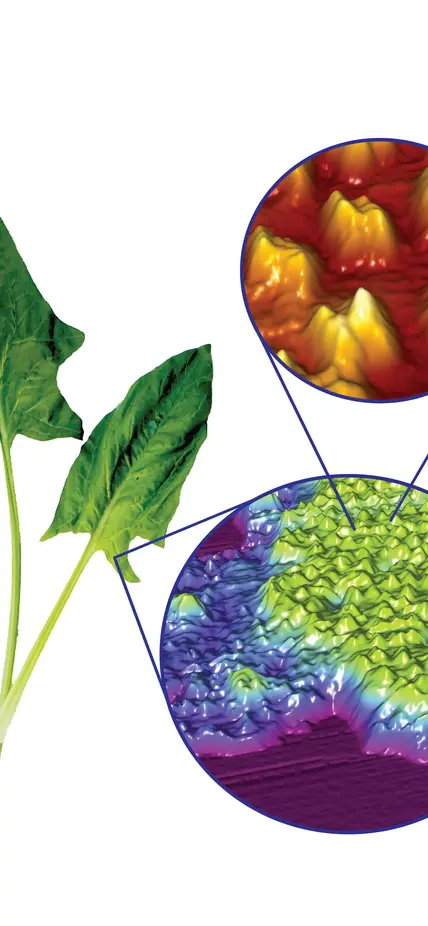Carnegie’s Arthur Grossman teamed up with engineers at Stanford University (including Fritz Prinz and graduate students Zubin Huang and Witchukorn Phuthong) to develop the use of atomic force microscopy to determine the structures of photosynthetic complexes within the spinach chlorophyll-producing compartment (called the chloroplast) at nanometer resolution. These complexes are vital to life on Earth since they convert the sun’s light energy into both food and fuel. This novel use of atomic force microscopy will help researchers analyze the dynamics of the photosynthetic apparatus under changing environmental conditions (e.g. light, CO2 levels, temperature fluctuations), which could help researchers understand ways in which we might modify the properties of the photosynthetic apparatus to sustain its activity as plants experience global climate change. See the Plant Physiology article and Plant Physiology commentary citing the article
Get the latest
Subscribe to our newsletters.
